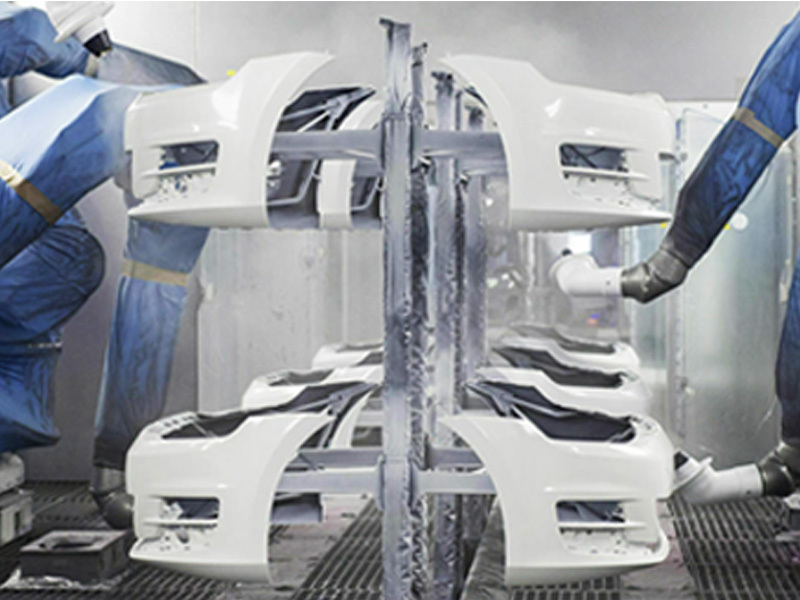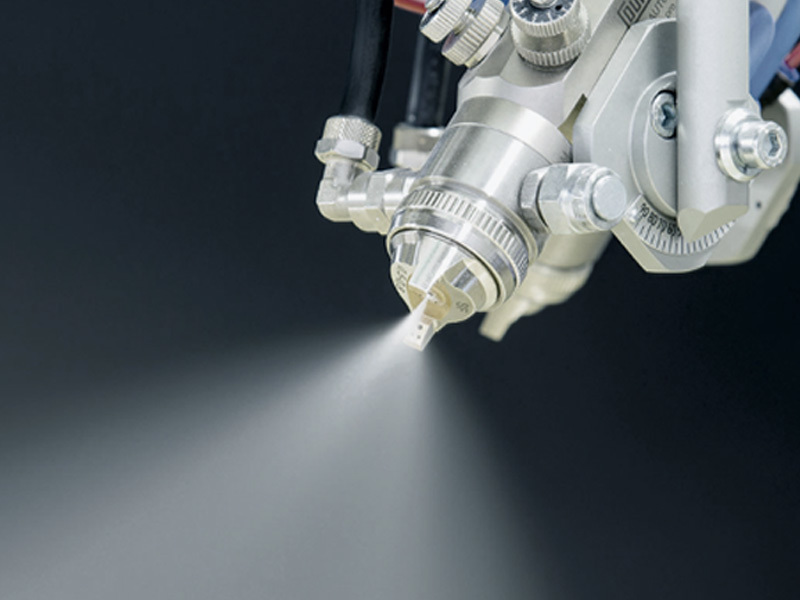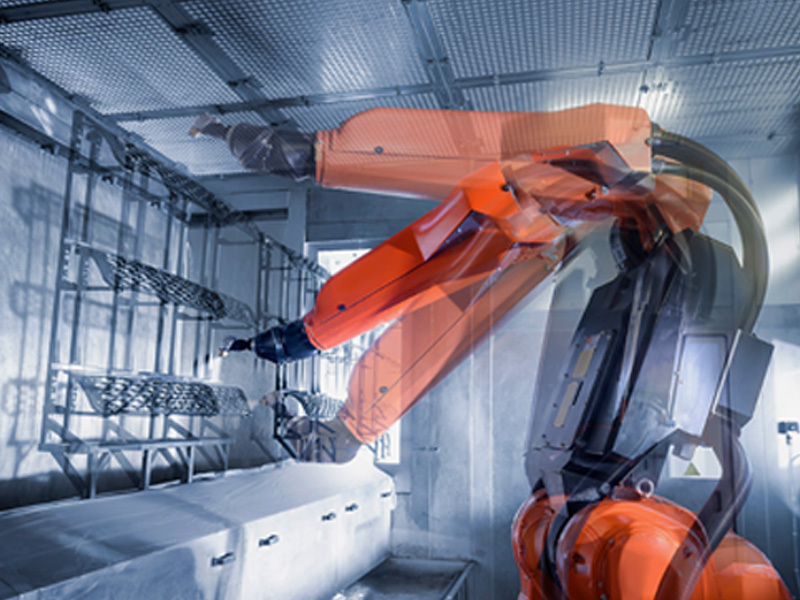Enhancing Safety and Efficiency with Safe Paint Robotic Arms
Release time:
2025-04-30
In the realm of industrial equipment and components, particularly in the spraying sector, the introduction of safe paint robotic arms marks a significant advancement. These robotic systems are engineered to optimize the painting process while ensuring safety for both operators and the environment. Safe paint robotic arms are equipped with advanced features that not only improve efficiency but als

In the realm of industrial equipment and components, particularly in the spraying sector, the introduction of safe paint robotic arms marks a significant advancement. These robotic systems are engineered to optimize the painting process while ensuring safety for both operators and the environment.
Safe paint robotic arms are equipped with advanced features that not only improve efficiency but also enhance the quality of finishes. One of the primary advantages of utilizing robotic arms for painting tasks is their ability to perform consistently and accurately, minimizing human error. This capability is particularly important in industries where precision and uniformity are paramount, such as automotive, aerospace, and consumer goods manufacturing.
In terms of safety, these robotic arms are designed with built-in safety protocols. They can operate in environments that may be hazardous for human workers, such as areas with toxic fumes or flammable materials. By automating the painting process, companies can significantly reduce the risk of accidents and exposure to harmful substances. Moreover, many robotic systems are equipped with sensors that allow them to detect obstacles and adjust their movements accordingly, further mitigating the potential for workplace injuries.
Another key aspect of safe paint robotic arms is their ability to optimize material usage. Traditional painting processes can lead to overspray, which not only wastes paint but also increases cleanup time and costs. Robotic arms, however, can be programmed to apply the exact amount of paint needed, ensuring a more efficient use of resources. This not only saves cost but also aligns with sustainability initiatives, as reduced waste contributes to a smaller environmental footprint.
Additionally, the versatility of safe paint robotic arms allows them to be utilized across various applications. Whether it’s automotive parts, electronics enclosures, or large-scale industrial equipment, these robots can be easily programmed to handle different shapes and sizes. This flexibility enables manufacturers to adapt quickly to changing production demands without the need for extensive reconfiguration.
Moreover, integrating safe paint robotic arms into existing production lines can lead to improved throughput. By automating repetitive tasks, companies can free up skilled labor for more complex operations that require human judgment and expertise. This not only enhances worker satisfaction but also contributes to overall productivity gains.
In conclusion, safe paint robotic arms represent a transformative solution in the industrial spraying equipment sector. Their ability to enhance safety, improve efficiency, and maintain high-quality standards makes them an indispensable tool for modern manufacturing. As industries continue to evolve, investing in such innovative technologies will be crucial for staying competitive and meeting the demands of tomorrow’s market.
Safe paint robotic arms are equipped with advanced features that not only improve efficiency but also enhance the quality of finishes. One of the primary advantages of utilizing robotic arms for painting tasks is their ability to perform consistently and accurately, minimizing human error. This capability is particularly important in industries where precision and uniformity are paramount, such as automotive, aerospace, and consumer goods manufacturing.
In terms of safety, these robotic arms are designed with built-in safety protocols. They can operate in environments that may be hazardous for human workers, such as areas with toxic fumes or flammable materials. By automating the painting process, companies can significantly reduce the risk of accidents and exposure to harmful substances. Moreover, many robotic systems are equipped with sensors that allow them to detect obstacles and adjust their movements accordingly, further mitigating the potential for workplace injuries.
Another key aspect of safe paint robotic arms is their ability to optimize material usage. Traditional painting processes can lead to overspray, which not only wastes paint but also increases cleanup time and costs. Robotic arms, however, can be programmed to apply the exact amount of paint needed, ensuring a more efficient use of resources. This not only saves cost but also aligns with sustainability initiatives, as reduced waste contributes to a smaller environmental footprint.
Additionally, the versatility of safe paint robotic arms allows them to be utilized across various applications. Whether it’s automotive parts, electronics enclosures, or large-scale industrial equipment, these robots can be easily programmed to handle different shapes and sizes. This flexibility enables manufacturers to adapt quickly to changing production demands without the need for extensive reconfiguration.
Moreover, integrating safe paint robotic arms into existing production lines can lead to improved throughput. By automating repetitive tasks, companies can free up skilled labor for more complex operations that require human judgment and expertise. This not only enhances worker satisfaction but also contributes to overall productivity gains.
In conclusion, safe paint robotic arms represent a transformative solution in the industrial spraying equipment sector. Their ability to enhance safety, improve efficiency, and maintain high-quality standards makes them an indispensable tool for modern manufacturing. As industries continue to evolve, investing in such innovative technologies will be crucial for staying competitive and meeting the demands of tomorrow’s market.











